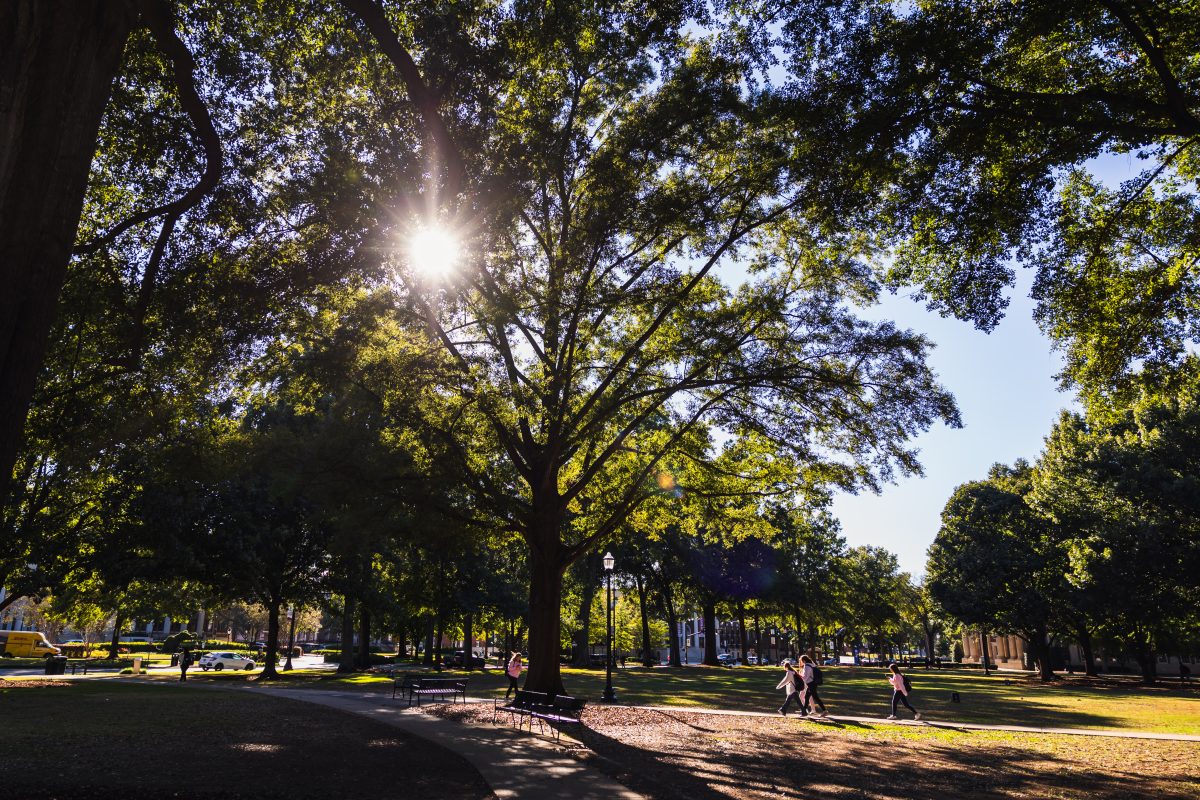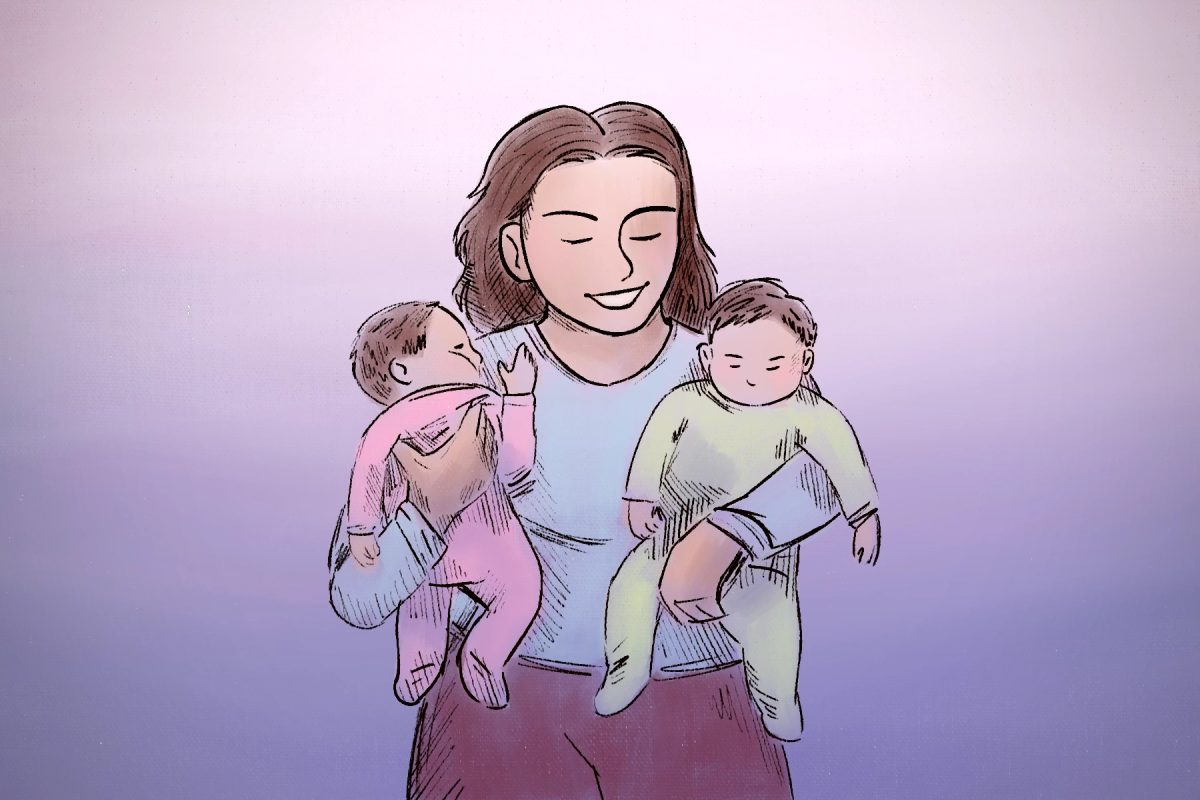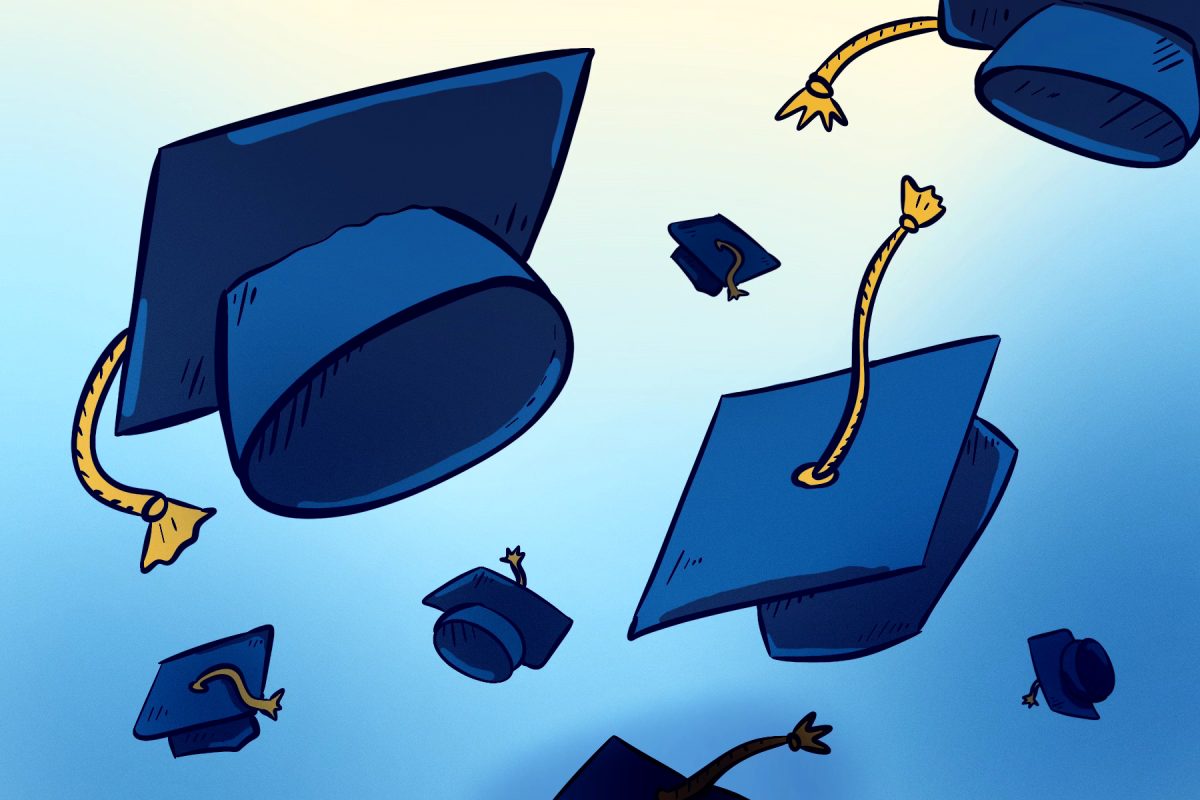Last week, John Davis revealed the high number of accidents related to students who have been hit by vehicles on campus in his article “Stop hitting people with your cars.” Just this year, 15 incidents have been reported.
Davis made a handful of attempts to ease this rising problem, but the high level of government planning needed to carry out his suggestion makes it a highly undesirable one. Instead, I offer a plan that reduces the burden on taxpayers and increases the safety of pedestrians and drivers.
Imagine a scenario where a group of people, ranging from children to the elderly, is confined to an oval arena called a “skating rink.” Within this skating rink, people will attach metal blades to their feet and navigate throughout the oval in patterns of their own accord.
To avoid any possible injuries or collisions, one would assume the need for stoplights, traffic officers, signs and turn signals. Without any central all-knowing source of guidance, chaos will likely ensue. Yet, against all odds, skaters within a rink spontaneously create their own order.
Spontaneous order is the process wherein a natural order emerges out of seeming chaos. It is a process witnessed in a variety of fields including biology, chemistry, sociology, economics and linguistics.
I believe a similar anarchistic system on campus would immediately reduce the number of traffic related accidents by addressing the root of the problem. By eliminating all traffic signs, speed limits, bike lanes and bus lanes, the burden of ensuring safety is transferred to all users of the roadway. There is no longer a false sense of security placed unto an authoritative centrally planned system.
Currently, a driver approaching an intersection with a green light isn’t likely to fully survey the intersection for oncoming vehicles or pedestrians. However, a driver approaching an intersection with no lights, signals or police officers must be very aware if they plan to navigate through the intersection safely. Drivers must be slow to gauge the intentions of cyclists and pedestrians while negotiating right-of-way with fellow drivers through eye contact.
I’ll be the first to admit this solution isn’t intuitive. A system free of rulers and planners is counter-intuitive at first glance. However, this seemingly utopian concept is hardly a novel idea within traffic engineering.
It’s known as “shared space” and has had remarkable results in various locations throughout the world. In Ashford, England, a total of six accidents occurred between its start in November 2008 and January 2011. Of the six accidents, two had no sustained injuries with the most serious of the six accidents resulting in a broken ankle. In the three years prior to the shared space, there were 17 accidents involving injury.
In West Palm Beach, Florida, traffic engineers have eliminated a significant number of traffic signs and signals and the result has been fewer accidents and shorter trip times. Dracthen, a town in the Netherlands of roughly 40,000, has served as a pioneer for shared space. Since traffic signals and lights have been removed, accidents at the town’s main intersection have dropped from 36 in the four years prior to the introduction of shared space to two in the two years following it.
The same intersection handles approximately 22,000 cars per day and traffic jams are now almost unheard of. In Oosterwolde, a road junction handling 5,000 cars in a single day has seen no serious accidents since its redesign to the shared space concept in 1999.
While the intent of our modern traffic system may be genuine, the results have produced negative consequences as we’ve recently witnessed on campus. Ironically, the greatest step towards a safer campus would require eliminating current traffic lanes, signals and signs, not erecting still more with the expectation that users will be able to navigate safely in the ensuing mess.
Rather than rely on a group of far-removed bureaucrats to perfect a system that need not exist in the first place, we should allow the interaction of self-interested individuals to freely create spontaneous order, one which exists without central planning.
Adam Morgan is a senior majoring in management information systems.








